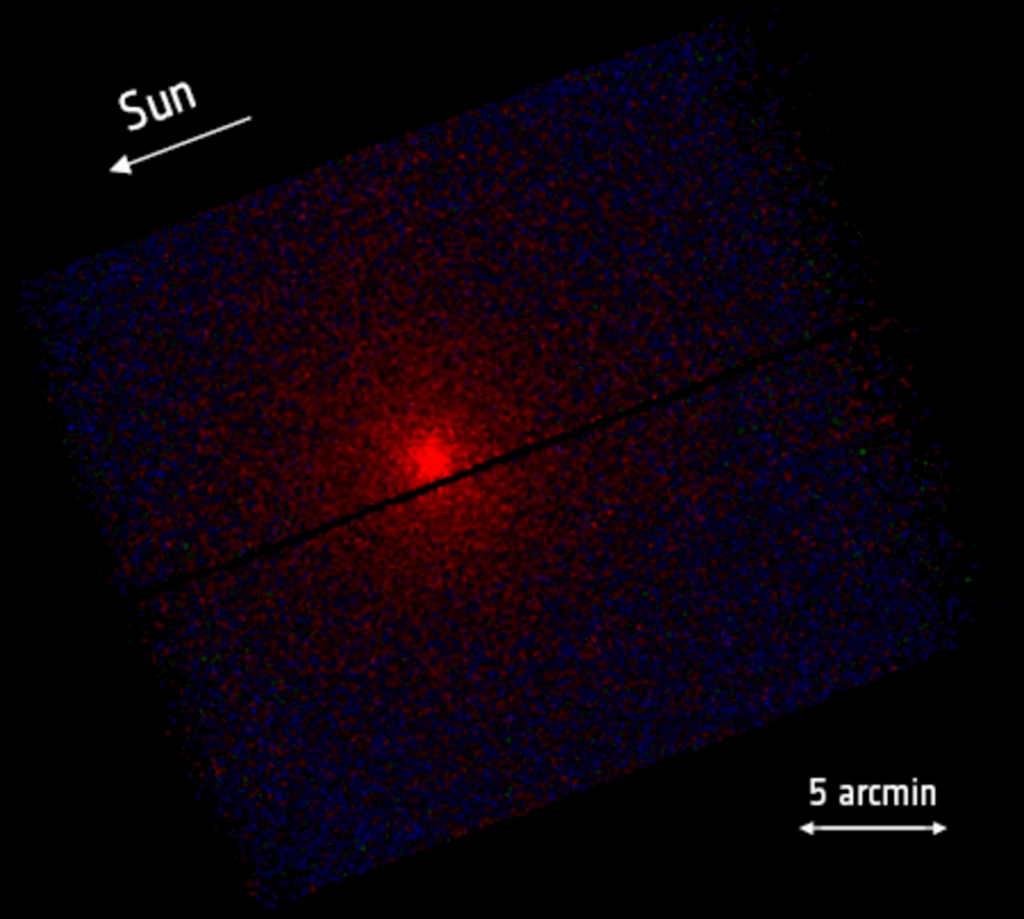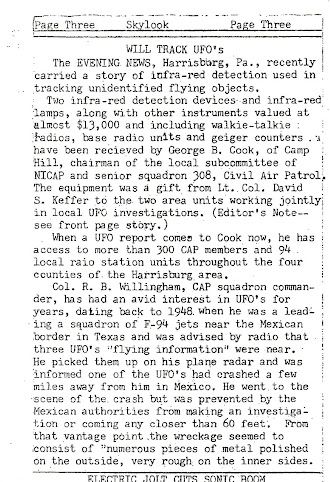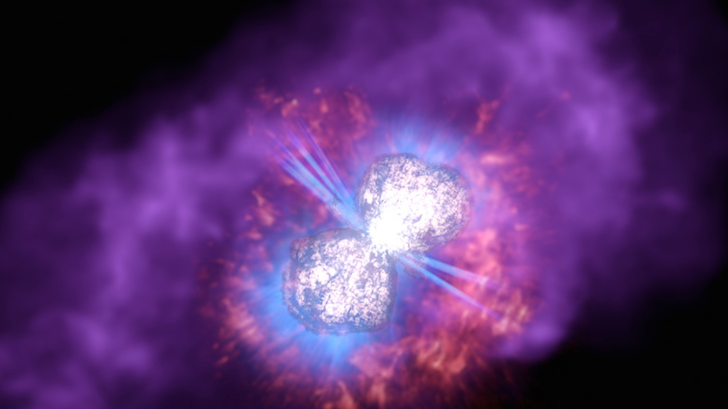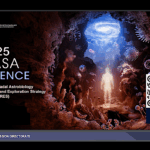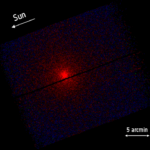Now Reading: ESA Celebrates Milestones in Space Exploration with Ariane 6 Launch and New Missions
-
01
ESA Celebrates Milestones in Space Exploration with Ariane 6 Launch and New Missions
ESA Celebrates Milestones in Space Exploration with Ariane 6 Launch and New Missions
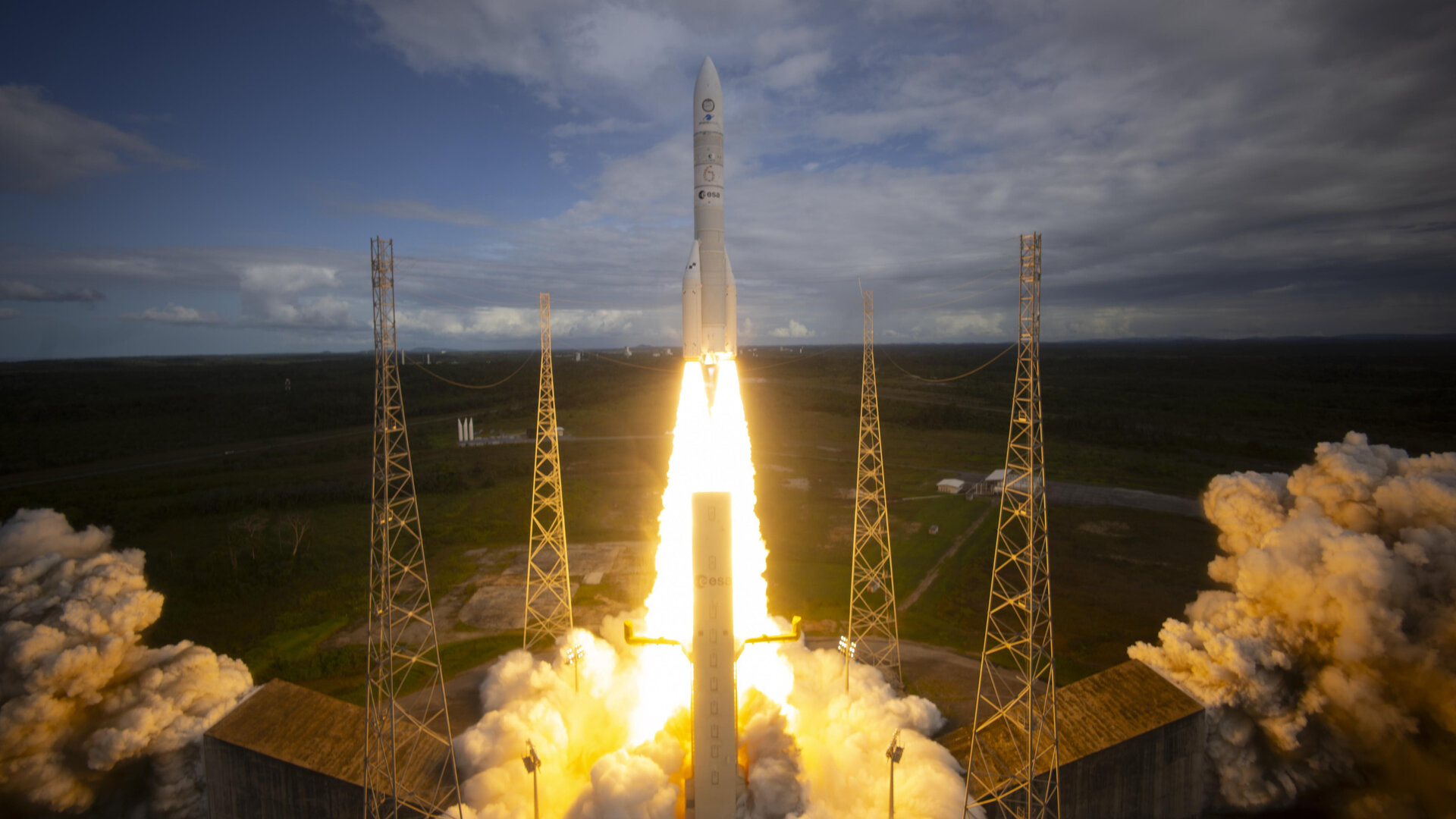

In 2024, the European Space Agency (ESA) reached significant milestones, with the Ariane 6 launch standing out as a pivotal achievement. This launch reinstated Europe’s autonomous access to space, a critical aspect for the continent to independently conduct advanced space missions.
The Ariane 6 rocket, designed to provide enhanced capabilities and cost-effective solutions, marks a new era in European aerospace. Its versatility allows for a wide range of missions, from deploying satellites into geostationary orbits to supporting scientific exploration missions. The successful flight of Ariane 6 not only symbolizes technological prowess but also strengthens international partnerships by enhancing ESA’s competitiveness in the global launch market.
As part of the anticipation surrounding the Ariane 6 flight, engineers and scientists had meticulously prepared for this event for years, addressing the challenges from the previous Ariane 5 program and using lessons learned to improve reliability and efficiency. The final countdown was a culmination of rigorous testing phases, simulations, and adjustments, showcasing ESA’s commitment to excellence and innovation.
In addition to the Ariane 6 debut, 2024 was marked by the conclusion of the Vega program with its last launch, transitioning to the upgraded Vega-C, which successfully carried the Sentinel-1C satellite into orbit. This mission not only underlined the achievements of the Vega program but also demonstrated ESA’s focus on sustainable and upgraded launch options.
ESA’s ambitious exploration of the Solar System continued with the BepiColombo mission, which performed two flybys of Mercury. This mission is a collaboration with JAXA, providing critical data that will facilitate a successful entry into Mercury’s orbit in 2026. Juice, another groundbreaking mission, executed a Moon-Earth double flyby, showcasing ESA’s ability to conduct complex trajectory maneuvers that enhance our understanding of the Jupiter system.
Highlighting ESA’s commitment to planetary defense, the Hera mission was launched to study the asteroid Dimorphos, building on the legacy of its predecessor, the DART mission. The Hera mission aims to gather invaluable data about the impact of DART’s kinetic strike, a unique collaboration demonstrating the importance of planetary defense strategies in safeguarding Earth.
One cannot overlook the significant advancements made in the Galileo satellite navigation system. The launch of four new satellites in 2024 further extended the capabilities of this essential service, which is important not only for navigation but also for various applications such as disaster response and environmental monitoring.
ESA’s Proba-3 mission also made headlines with its innovative approach to studying the Sun’s corona using formation-flying satellites, a technique that could revolutionize solar observation and our understanding of solar phenomena.
Within the scope of human spaceflight, 2024 saw European astronauts actively engaging aboard the International Space Station (ISS). The intersection of Huginn and Muninn missions underscored Europe’s ongoing contributions to international science and collaboration in microgravity research.
Significant steps were taken towards lunar exploration, particularly with the inauguration of the LUNA facility and the delivery of a third European Service Module for NASA’s Orion spacecraft as part of the Artemis program. ESA’s Argonaut lunar lander development symbolizes Europe’s expanding role in upcoming Artemis missions and the collaborative international framework intrinsic to lunar exploration.
The LUNA facility, in partnership with DLR, is set to enhance Europe’s capabilities in lunar science and technology, which will be fundamental for future missions and endeavors on the Moon’s surface.
Through the year, ESA’s initiatives demonstrated not only a commitment to advancing technology but also a broader vision for international cooperation in space exploration. As 2024 closed, these highlights reinforced ESA’s essential role in shaping the future of space exploration, promising exciting developments in the years to come.
Stay Informed With the Latest & Most Important News
Previous Post
Next Post
-
 012024 in Review: Highlights from NASA in Silicon Valley
012024 in Review: Highlights from NASA in Silicon Valley -
 02Panasonic Leica Summilux DG 15mm f/1.7 ASPH review
02Panasonic Leica Summilux DG 15mm f/1.7 ASPH review -
 03From Polymerization-Enabled Folding and Assembly to Chemical Evolution: Key Processes for Emergence of Functional Polymers in the Origin of Life
03From Polymerization-Enabled Folding and Assembly to Chemical Evolution: Key Processes for Emergence of Functional Polymers in the Origin of Life -
 04How New NASA, India Earth Satellite NISAR Will See Earth
04How New NASA, India Earth Satellite NISAR Will See Earth -
 05And Thus Begins A New Year For Life On Earth
05And Thus Begins A New Year For Life On Earth -
 06Astronomy Activation Ambassadors: A New Era
06Astronomy Activation Ambassadors: A New Era -
07SpaceX launch surge helps set new global launch record in 2024












